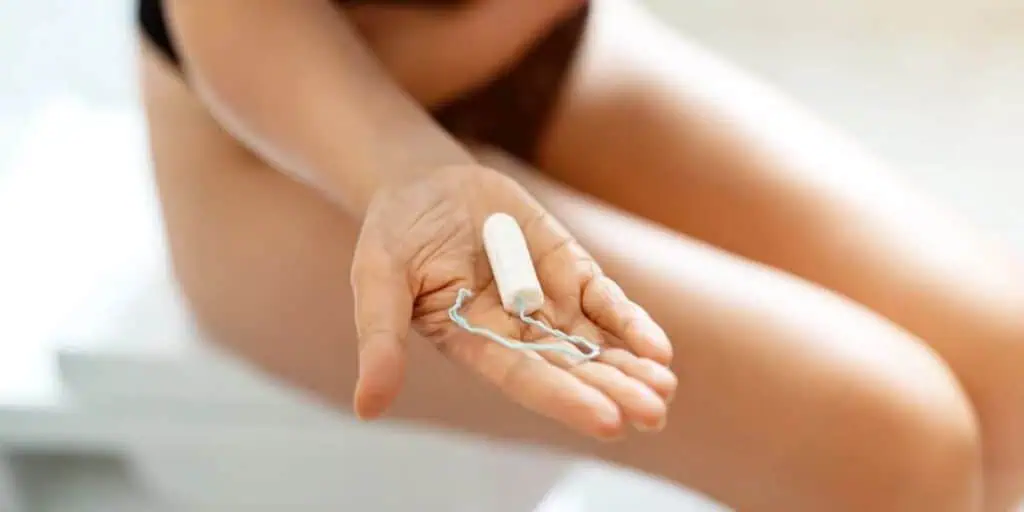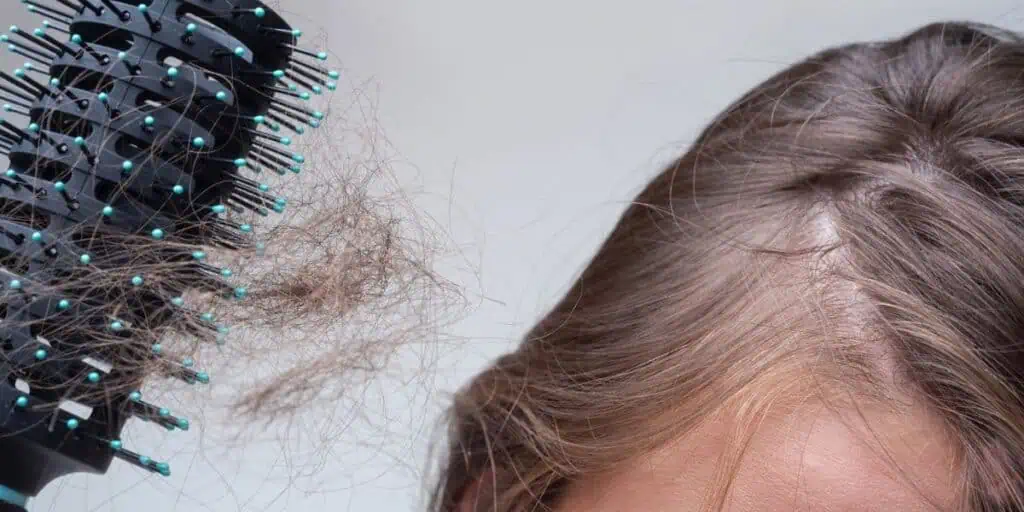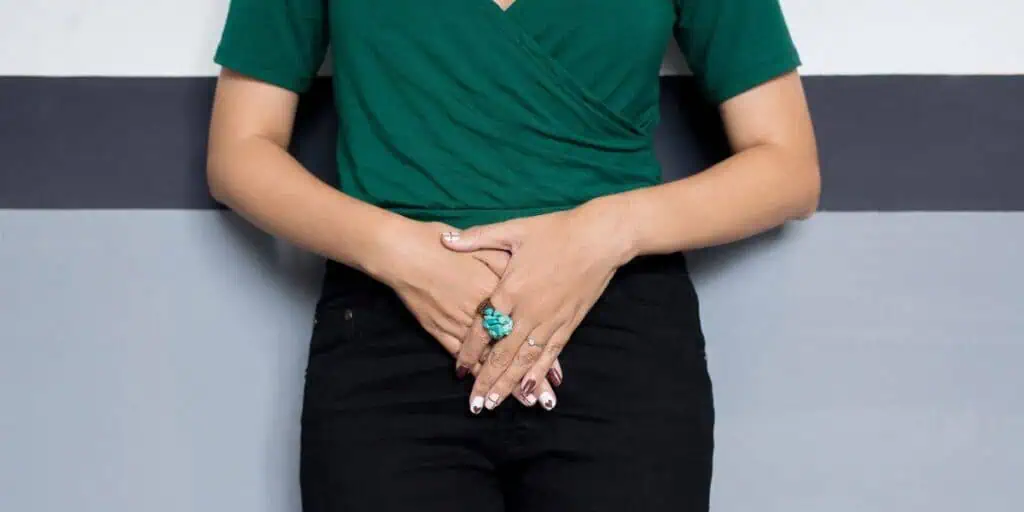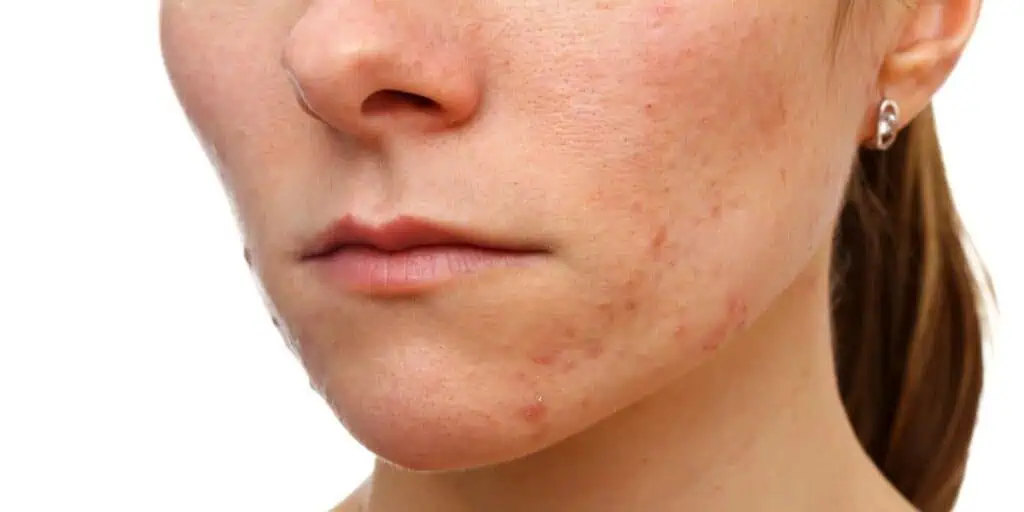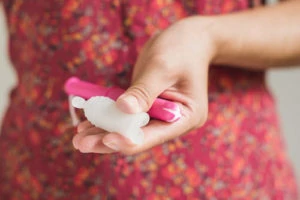
OK, yeah, periods are never fun… I don’t care if we were able to treat them with mini unicorns, few situations are going to make us smile and jump for joy at the thought of Ms. Period coming to town.
But, life is life, and periods are a part of it. Period management has included rags, sponges, pads, tampons and — recently buzzing again among women — menstrual cups.
But they’re nothing new. The first ones were invented in the late 1800s and only in recent years have companies improved the shape, materials and upped advertising.
What is a menstrual cup, exactly?
“Menstrual cups are devices that can be used as an alternative to tampons and pads,” explains Dr.Thaïs Aliabadi, M.D., OB-GYN at Cedars-Sinai Medical Center. A menstrual cup (Could they maybe have given it a slightly more marketable name?) is inserted into the vagina to collect — not absorb, like tampons — the blood flow. You’re advised to empty it after up to 12 hours, and they can be worn during the day and at night.
Some are made with latex rubber, but the latest and greatest are the ones made with medical grade silicone. This keeps them sanitary and available for women with latex allergies. And, you can buy them in an array of colors — which you should definitely do. The translucent cups have been noted to stain and turn yellow, and that’s just gross ladies.
At the end of your cycle, you can sterilize it with boiling water, store it in a dry place and then reach for it again when the red tide comes back next month.

How does a menstrual cup work?
First, you fold it to insert it — and it usually works itself out, migrates upward and creates a seal. Although, you may need to twist the cup a bit or have a quick Kegel session before you get it “sitting pretty,” so to speak. If you’re having a tough time with everything, you can use lubricant.
To remove the cup, find the stem and then pinch the base to release the seal and pull out. Now what do you do with your tiny cup of menstrual blood? You can pour it in the toilet or sink, then rinse with water and re-insert.
What makes a menstrual cup better than my cute, candy-wrapped tampons?
Change is hard, I know — especially when you’ve begun to realize that tampons are your friend, not your enemy. But, there are actually a lot of benefits with menstrual cups. “One of the main benefits is the length of wear. Depending on the heaviness of the flow, menstrual cups can be worn for 8 to 12 hours before they need to be changed,” Aliabadi notes. Consider these, too:
- They’re reusable for five to 10 years. OK, that sounds kinda weird, I agree. But, think of all the tampons you’d save. I mean if you use about 20 tampons per cycle, that’s about 240 each year. So, you’d use about 1,200 tampons over five years and 2,400 over 10 years. Save the landfills! “Another potential benefit is cost. Reusable cups are available, which means there is reduced time and money spent on buying tampons and pads,” Aliabadi points out.
- All of the cups have a higher capacity. “They can hold more blood than a tampon or pad,” she says. An average tampon holds about 5 milliliters — a full pad about 10 milliliters. Menstrual cups can hold about 30 milliliters.
- They’re safer. “Menstrual cups are generally safe,” Aliabadi says. “There are no known risks of bacterial or yeast infections with using these cups. However, they do not protect against sexually transmitted infections.” When using a cup, there’s also no chance of rashes or chafing from pads, and you’ll have less risk of toxic shock syndrome from tampons
.
But let’s be frank…
There are horror stories and a lot of women that swear by them. Here are a few questions you might be wondering:
How much do menstrual cups cost?
From Target to Amazon, menstrual cups range between $30-$40 — which is pretty good considering it can last at least five years, and that’s way less than you’d spend on tampons even in one year.
How messy is it?
“Removing and cleaning the cup can be messy, especially for new users,” Aliabadi says. “Doing this in a public restroom may also be difficult or embarrassing since you need to clean it at the sink if it is reusable. As you get more experience with using the cup, removing it cleanly is possible.”
How long can you wear it?
As Aliabadi explained, menstrual cups can be worn for about 8 to 12 hours without changing. So, when you think about it, you can change it in the morning when you wake up and at night before you go to bed. My point is: Hopefully, you’ll be in your own bathroom at these times and won’t have to experience any embarrassing public restroom nightmares.
Does the blood, you know, slosh around?
Well, yes. Mint & Chill reports on the DivaCup website saying, “Theoretically, the flow could slosh around inside the cup and reverse out of the cup slightly, but it cannot travel back through the small cervical opening from which the flow expels.” Hm. That’s a very visual picture.
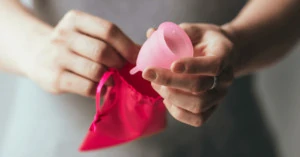
What if it’s too big… or too small?
Brands actually make sizes: a small version for women pre-birth and a larger version for women post-birth.
Do they leak?
Well, um, yes. They can, but that doesn’t mean they will, if inserted correctly. Aliabadi explains, “There is the possibility of leakage if the cup does not fit properly, (…) so it’s important that you find your appropriate size. If the cup is not placed properly in the vagina, it can also cause leakage.”
Can you feel it up there?
No, you really shouldn’t be able to feel it. If you do, then you may have installed it improperly.
Can I have sex with it inserted?
Actually, yes! Well, with some of ’em. “Some cups are designed to make sex more suitable. These cups are shaped like a dome, so your partner will generally not feel it,” Aliabadi says. “Since the blood is trapped behind the cup, they are also mess-free.” Just remember, to look for brands or styles that mention they are OK for sex, and also don’t forget: They don’t protect against STDs!
Although I can’t really see myself saying, “Hey, ladies, I’m gonna run to the bathroom and empty my menstrual cup, then we can head out,” I’m sure they are worth a try, if you’re brave and open for a change.









